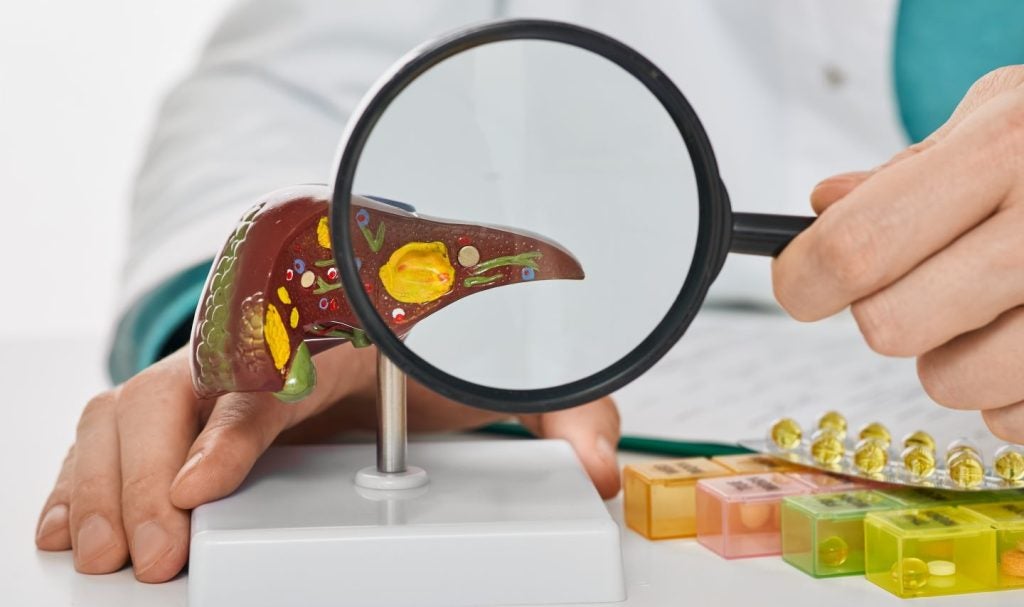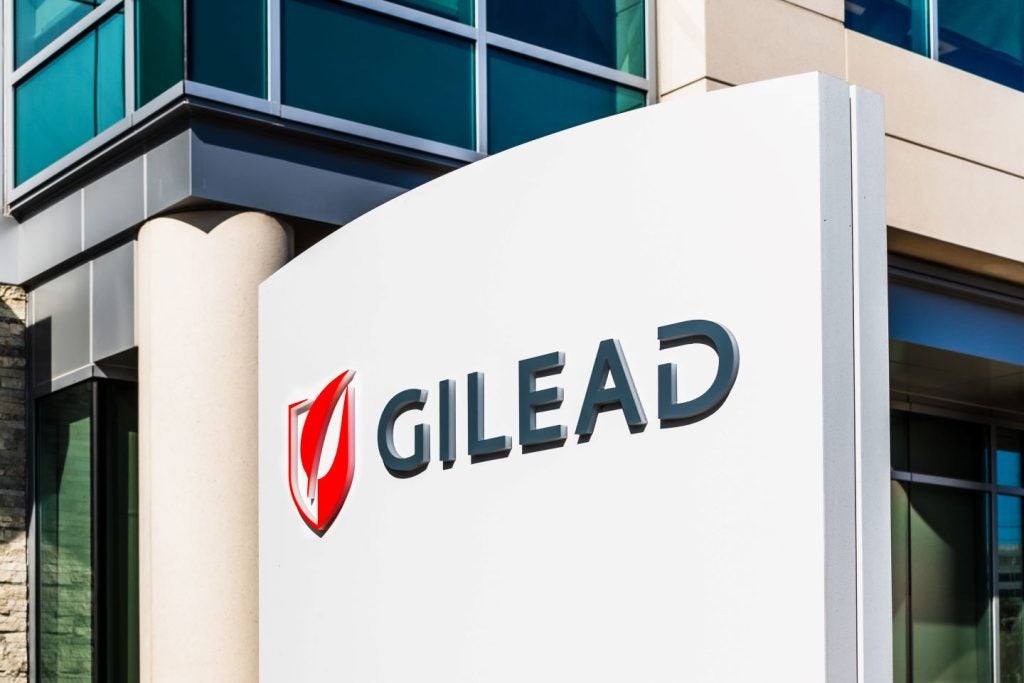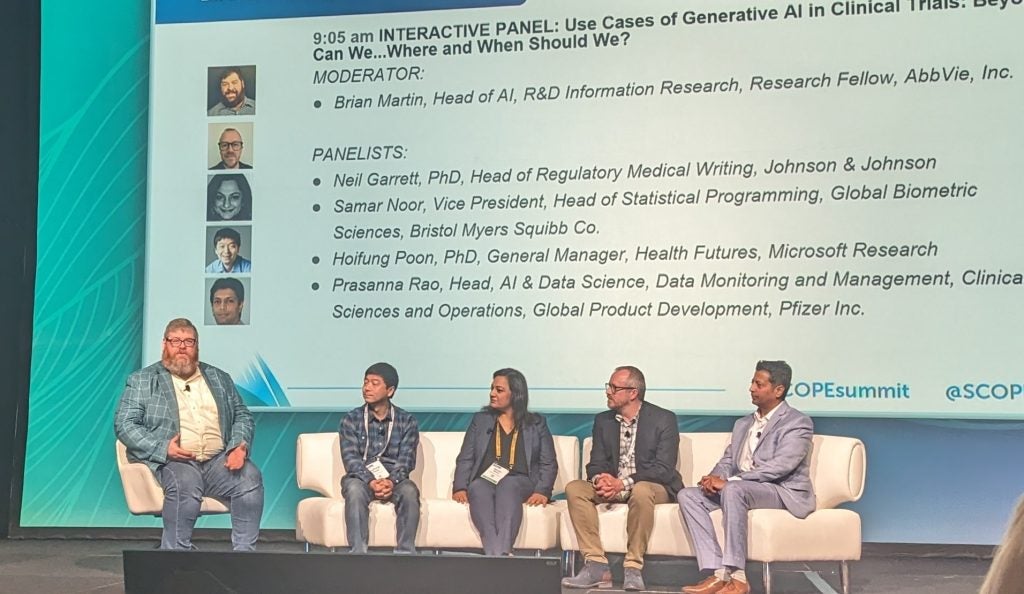In recent times, immunotherapy has garnered headlines for its game changing potential to treat cancer. Unlike chemotherapy and radiotherapy, immunotherapy boosts the immune system and enhances its resistance to cancerous cells. The treatment has had varying levels of success in the past in treating melanoma, and more recently, pancreatic cancer.
Angus Dalgleish is the principal investigator of a pioneering trial, in which 110 patients with metastatic pancreatic cancer were given the drug IMM-101. The results thus far have been promising, with the drug having extended the lives of some patients by as much as three years. In this compelling interview, Dalgleish explains to CTA that while immunotherapy initially had its sceptics, its potential to cure cancer cannot be ignored.
Clinical Trials Arena: A lot has been said about the treatment you’ve developed – IMM-101 – but could you explain how the drug works?
Angus Dalgleish: There are two mechanisms by which I think this drug is working. Firstly, it boosts the innate immune response. From our work, we’ve learned that it’s the gamma delta cells – a more sophisticated natural killer cell – that are very good at killing tumour cells. Secondly, the treatment also boosts the cell mediated response, called Th1, without boosting the Th2 response, a humoral response, which is very unhelpful in cancer.
CTA: After revealing the results of your study, experts cautioned that while they were promising, the drug hasn’t demonstrated an improvement in survival rates (thus far at least). So with that in mind, what is the significance of the results?
See Also:
AD: Well, this was a phase two randomised with a group of patients that are real world, and it was conducted in 13 centres. After the study started, folfirinox and gem abraxane led the way at the forefront of pancreatic cancer treatments. In the case of gem abraxane, the drug extended life on average by about three months, but the toxicity was far worse in real life than expected. In our trial, we found in some of the centres, over half the patients we would have enrolled into our trial were taken off consideration for this study and given folfirinox and gem abraxane.
How well do you really know your competitors?
Access the most comprehensive Company Profiles on the market, powered by GlobalData. Save hours of research. Gain competitive edge.

Thank you!
Your download email will arrive shortly
Not ready to buy yet? Download a free sample
We are confident about the unique quality of our Company Profiles. However, we want you to make the most beneficial decision for your business, so we offer a free sample that you can download by submitting the below form
By GlobalDataWhat was amazing about this study is we were actually left with all the people that were not fit enough for the new agents where you had to be at a performance status of zero or at least one. In effect, we had a real world scenario where the patients were not fit enough to have one of the newer combinations. The real excitement from my point of view is, given if you look at those patients who had metastatic disease as opposed to locally low advanced disease, which is 85 percent, then they’re showing nearly three months of survival improvement. More importantly, they’re showing a tail.
CTA: What does the tail signify?
AD: If you look at the survival curves for folfirinox and gem abraxane it splits and then comes together after 18 months or so resembling the shape of a banana. When the two curves meet that usually means the patients have all passed away. However, with our trial using that same metastatic survival curve, there are some patients still alive after two years, which is what we call a tail. Hitherto, we’ve only ever seen tails in melanoma patients treated with immunotherapy. This indicates it’s largely due to an immunotherapy effect. And the other thing about it was, when looking at the patients’ quality of life, they’ve done better than those on chemotherapy alone. Certainly, if you look at the raw data, there are more incidents of minor adverse events on combination arm than there are on gemcitabine. When you stand back to look at it, the explanation is quite simple – it’s because the people on both gemcitabine and the vaccine lived longer. There was no added toxicity from the drug, which I found staggering.
CTA: Within this space, immunotherapy has garnered a lot of attention for its potential as a lifesaving treatment for cancer. In your opinion, what does the future hold for immunotherapy?
AD: I feel immunotherapy will become the fundamental therapeutic modality in the management of the majority of cancers. We have really been held back by the lack of funding in this area. If it were me, I would want to start my patients on this sort of regiment before starting on anything else because it primes for better responses in both chemotherapy and radiotherapy. Ultimately, there are two tenets I’ve learnt over the years: one is that immunotherapy works in some form in these cancers, but if you combine two different types of immunotherapy it’s two plus two equals seven. Once you’ve opened up the immune system and made it reactive, any other modality whether it is chemo or radiotherapy, works even better.
To place it into context, 20 years ago, I saw that the future was in immunotherapy. I wrote articles, published books, and had all my grants turned down at the time by the Cancer Research Campaign (CRC) and ICRF (Imperial Cancer Research Fund) – now Cancer Research UK – after both declared immunotherapy and immunology were artefacts restricted to mice and had no role in the clinic. But I and a few others then spent most of our careers looking to prove them wrong and I think we have.
*Angus Dalgleish is a Professor of Oncology at St. George’s, University of London







